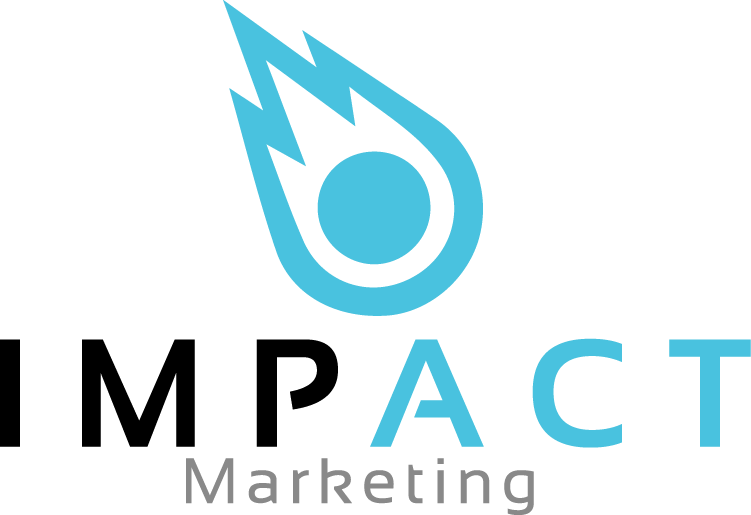Opt-In Statements: Crucial for GDPR and Compliance
What is opt-in? An opt-in statement is a short sentence which gives a business permission to contact an individual in the future. Contact details such as a telephone number or email address are a common requirement when subscribing to a company’s mailing list.
Opt-in boxes give companies the opportunity to build their data/email lists and grow their prospect lists. There is often a tick box accompanying the statement which is where the explicit consent is given. The wording and styling of an opt-in is crucial. It needs to be enticing, clear and obvious so as to prevent any ambiguity or confusion. If an individual has not opted-in to receive marketing materials from you, it is illegal to do so. This can lead to fines and further retribution from governing marketing bodies.
In this post, we give some helpful advice on how you should structure and word your opt-in statements. Furthermore, with GDPR coming into effect in May 2018, we advise on what you need to do to comply. Laws concerning the opting-in and management of consumer data are going to change. Businesses will need to ensure they are compliant before then or face the possibilities of large fines. As a marketing company with years of experience, we understand how you should word your statements and how you can maximise the number of new subscribers your business receives.
Benefits of Opting-In
First and foremost, it is crucial that you provide a reason to subscribe to your mailing/ data lists. To have a box which just says ‘sign-up’ will not result in high numbers. There needs to be justification as to why someone should submit their personal contact details.
Opting-In should bring a benefit to the subscriber. Sending out a regular, relevant and exclusive newsletter or blog article would be an effective tactic. It’s all about offering prospects tangible information that will be relevant to their company, needs, interests and in the majority of cases, add value. Without subscribing, they will not have access to this information so ensure that it brings value and is engaging to read through. If the same information is available regardless of whether they subscribe or not, there will be little motivation to opt-in.
Clear, Precise Language
You should spend some time getting the language of your opt-in box correct. The language must be simple, concise and appropriate for the audience you are targeting. For example, if your business sells to the professional services such as legal services, the language should be formal and professional. However, if you sell children’s toys, the statement can be more informal and fun. It should suit the industry you serve. This will also ensure it matches the language on your website and it will not stick out for the wrong reasons.
The length of the statement is crucial. If you write a lengthy paragraph next to the opt-in, barely anyone will click it. Therefore it needs to be short and to the point. There should be no confusion in the statement. Always state exactly what the purpose of them opting in is for. Any confusing or misleading statements can lead to complaints to a marketing authority such as the DMA.
The statement should also say how you will be contacting individuals. For example, it may say ‘To receive offers in the post’. There should be no confusion so a person knows that when they are entering their details, they may receive some promotional offers in their post.
Therefore you need to ensure that you cover all modes of contact and ONLY target those that have given consent through their preferred method of contact. You may not contact any of your opt-in recipients through any other method than those they have consented to.
Make an Opt-out just as simple
Opting-in to receive marketing or offers from your company should be a simple process. However, it is the same for opting-out. If an individual no longer wishes to receive marketing from you (for whatever reason) they need to have a simple opt-out process. Opt-out statements should not be ambiguous or hidden away anywhere. A common method is having an unsubscribe link at the bottom of any business emails. If a person clicks through on this link, they are taken to a page where they enter their email and it confirms they have been removed from that business’ system.
Once someone has opted-out of your mailing lists, it is illegal to continue contacting them. Failing to do this may result in complaints or your business being reported. It is your responsibility to ensure that all of their contact details are deleted from every source within your organisation.
Avoid asking for too much
Have you ever been on a website where to opt-in, you have to give your number, email, postal address, full name etc. This is a bad practice that unfortunately many companies undertake. If you ask for too much in the first instance, your visitors will be sceptical and less inclined to subscribe. Only ask for some brief details initially.
More details can be ascertained further down the line, once they have signed up. Individuals may be willing to give these to you in the form of surveys or when purchasing a product from you. An individual needs to have trust in your business before they are willing to give you their personal contact details. The process of them opting-in should be quick and painless.
GDPR & how it will change opt-in statements
GDPR is coming into effect in the UK in May 2018. Regardless of the EU referendum, all businesses in the UK that manage data on European citizens will have to comply. One large part of GDPR concerns the opting-in of consumers into your data/email lists.
Have you ever been on a website where to opt-out of marketing, you need to tick the box? Companies sometimes change the wording of their opt-in message to mislead individuals. Usually, you tick the box to opt-in. However, companies are aware that not everyone will tick the box so they change the wording. For those that scroll past the box, this would opt them in. This misleading practice will be illegal under GDPR. The guidelines state specifically that silence is not acceptable to opt someone in.
Companies must make the opt-in process abundantly clear and simple for all users. They must also make the opting-out process just as simple (as mentioned above). Companies will also have to show their compliance so hiding an opt-in in the terms and conditions will also be forbidden. Silence does also not equal consent under GDPR. Individuals must explicitly opt-in to receive marketing. Your companies’ privacy policy is key under GDPR. Individuals have the right to know exactly how their data will be used and by whom, so add a short statement detailing this.
GDPR is going to affect many aspects of consumer data management. We recommend that you review all of your current opting-in processes to ensure they are compliant. If you need any help with re-wording your opt-in boxes, we can assist. Our highly experienced team know how to word material effectively which is both engaging and concise.
Summary
In order for your business to receive the highest number of new subscribers, your opt-in statements must be to the point, and provide a reason to make someone want to subscribe. You should also justify their subscription by providing value.
With GDPR coming into effect in the UK in May 2018, you may need to review your current statements. Businesses will need to demonstrate their compliance, so your statements may need to be rewritten. With heavy fines in place for companies that breach the regulations, all aspects of your marketing and data management should be thoroughly reviewed.
There may be further changes to GDPR before it comes into full effect. Many companies also do not know exactly how they should be compliant and more information and support is expected to be released. We are able to advise further on GDPR if you require more information.
As a marketing company with years of experience managing data lists, we understand how you should word your marketing materials. We are able to review your current methods and advise on what you can do to become both more effective, and also compliant for GDPR.
Get in touch today and a member of the team will be happy to advise further on opt-in statements and how you can improve yours.


I want to convey my appreciation for your generosity for people who really need help with this matter. Your special commitment to passing the message all around has been amazingly important and have consistently helped others just like me to attain their objectives. Your amazing important tips and hints entails much to me and much more to my mates. Regards; from everyone of us.